Size Chart

Length unit:
Sizes may vary up to 1
HPSL: High Point Shoulder Length
BW: Bust Width (width of shirt measured 1" below armhole)
Couldn't load pickup availability
Embark on an extraordinary visual voyage through the thrilling saga of the Space Race, a historic rivalry between the Soviet Union and the USA that captivated the world. This stunning poster encapsulates the pivotal moments and triumphs that defined this epic quest for celestial dominance.
SPUTNIK 1
4 • Oct • 1957
19:28:34 UTC
In October of 1957, the USSR surprised the world and set off the space race when it successfully launched the world’s first artificial satellite, Sputnik 1. Sputnik 2, Earth’s second artificial satellite, was launched a month later. Sputnik 2 carried aboard Laika, a stray dog from Moscow, making it the first spacecraft to send a living creature into orbit.
EXPLORER 1
Feb 1 • 1958
03:48:00 UTC
In response to the success of Sputnik 1, the United States soon launched its own artificial satellite, Explorer 1. Explorer 1 was engineered by the Jet Propulsion Laboratory of the California Institute of Technology in less than three months. It was the first satellite to transport scientific instruments into orbit.
LUNA 1
2 • Jan • 1959
16:41:21 UTC
Less than a year later, the USSR launched Luna 1, the first spacecraft to escape Earth’s orbit. It was launched in the direction of the Moon and was intended to impact the Moon; however, it missed its target, passing by the Moon at a distance of 5,995 kilometers. Luna 1 then went into orbit around the Sun, between Earth and Mars.
MERCURY REDSTONE 2
Jan 31 • 1961
16:55:00 UTC
In January of 1961, the United States launched Mercury Redstone 2, the first Mercury/Redstone launch to include a living creature aboard, a 17-kilogram chimpanzee named Ham. Mercury Redstone 2 achieved an altitude of 250 km and flew for 16 minutes and 39 seconds before splashing down. Ham was recovered safely and became the first hominid in space.
VOSTOK 1
12 • April • 1961
06:07:00 UTC
Only a few months later, the USSR achieved a significant victory when it successfully sent the first human, cosmonaut Yuri Gagarin, into space aboard Vostok 1. Gagarin flew for 1 hour and 48 minutes and made one orbit around the Earth before being ejected from the spacecraft at an altitude of 7 km and parachuting back down to Earth.
MERCURY REDSTONE 3
May 5 • 1961
14:34:13 UTC
The success of Vostok 1 was quickly followed by the United States’ launch of Mercury Redstone 3, which successfully carried the first American astronaut, Alan Shepard, into space for 15 minutes and 28 seconds. Just three weeks after Shepard’s flight, John F. Kennedy announced to Congress his goal of sending an American to the Moon before 1970.
VOSTOK 6
16 • June • 1963
09:29:52 UTC
In June of 1963, the USSR launched Vostok 6 with Valentina Tereshkova aboard, marking the first time a woman had been sent into space. The flight lasted for three days, and Vostok 6 completed 48 orbits. It would take almost 20 years for either country to send another woman on a space mission.
VOSKHOD 2
18 • March • 1965
07:00:00 UTC
Less than two years later, the USSR achieved another feat when it launched Voskhod 2, and cosmonaut Alexei Leonov became the first to conduct an EVA (ExtraVehicular Activity), or spacewalk. The flight of Voskhod 2 was 26 hours long and included 16 orbits; Leonov’s historic spacewalk lasted for roughly 12 minutes.
GEMINI 3
March 23 • 1965
14:24:00 UTC
During the same month, Virgil “Gus” Grissom and John Young became the first Americans to fly together in space during the Gemini 3 mission, the first crewed mission of the Gemini series. This flight also paved the way for the first American spacewalk, performed by Ed White during the Gemini 4 mission only a few months later.
LUNA 10
4 • Oct • 1957
19:28:34 UTC
In March of 1966, the USSR launched Luna 10, which would become the first spacecraft to orbit the Moon. The batteries lasted long enough for Luna 10 to orbit the Moon 460 times over 56 days; to mark the victory, the first orbit was planned to occur during the assembly of the Twenty-third Congress of the CPSU (Communist Party of the Soviet Union).
APOLLO 8
Dec 21 • 1968
12:51:00 UTC
At the end of 1968, the United States launched Apollo 8, the first crewed spacecraft to orbit the Moon. During the 147-hour mission, Apollo 8 astronauts Frank Borman, James Lovell Jr., and William Anders spent 20 hours in lunar orbit, making 10 revolutions. Their groundbreaking mission was telecast live across the world.
APOLLO 11
July 16 • 1969
13:32:00 UTC
Only seven months later, the United States accomplished its goal of landing humans on the Moon. While Apollo 11 astronaut Michael Collins orbited the Moon aboard CSM Columbia, astronauts Neil Armstrong and Buzz Aldrin landed at the Sea of Tranquility aboard the lunar module and stepped onto the lunar surface on July 20th, 1969. This historic event was viewed by an estimated 650 million people.
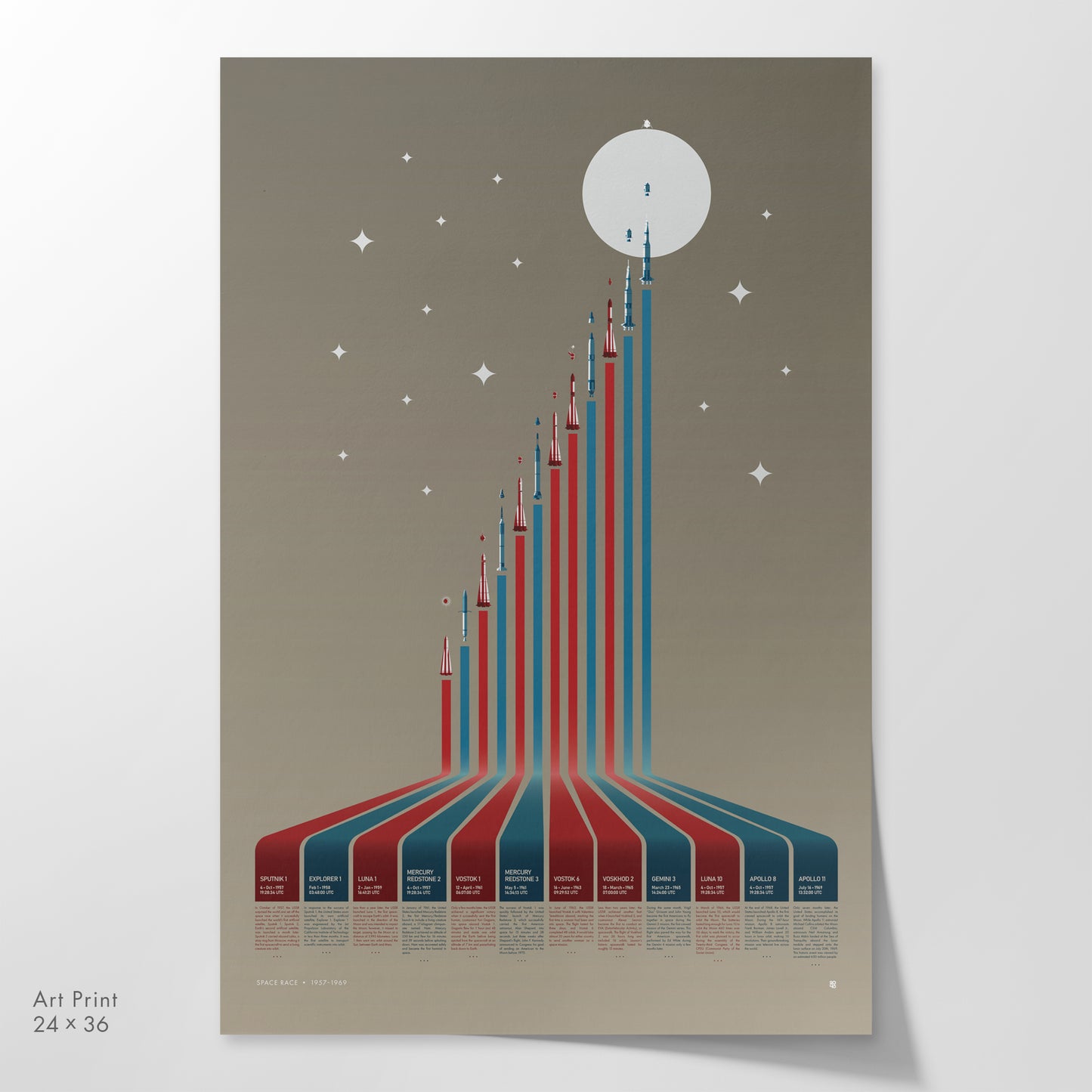
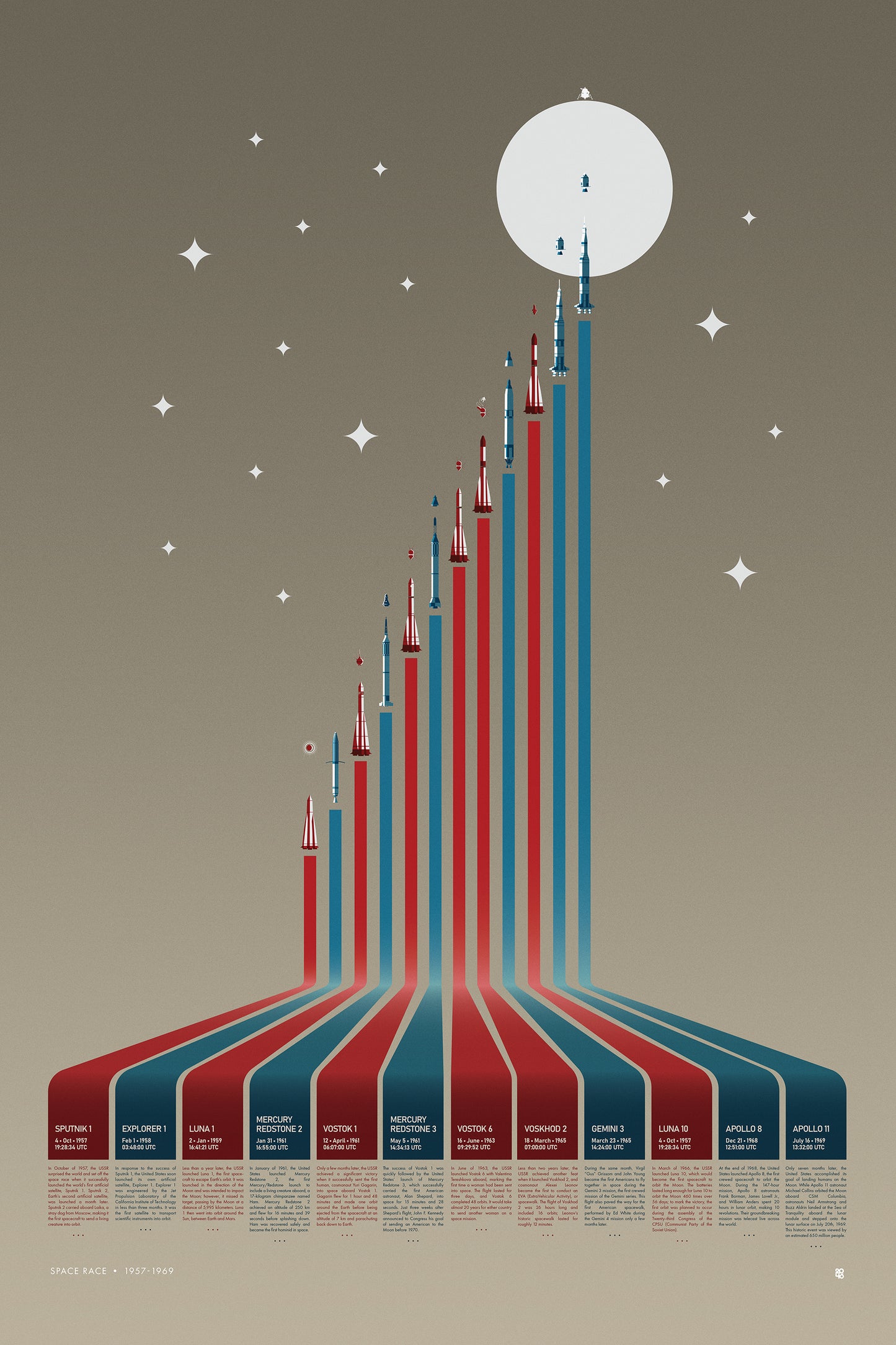
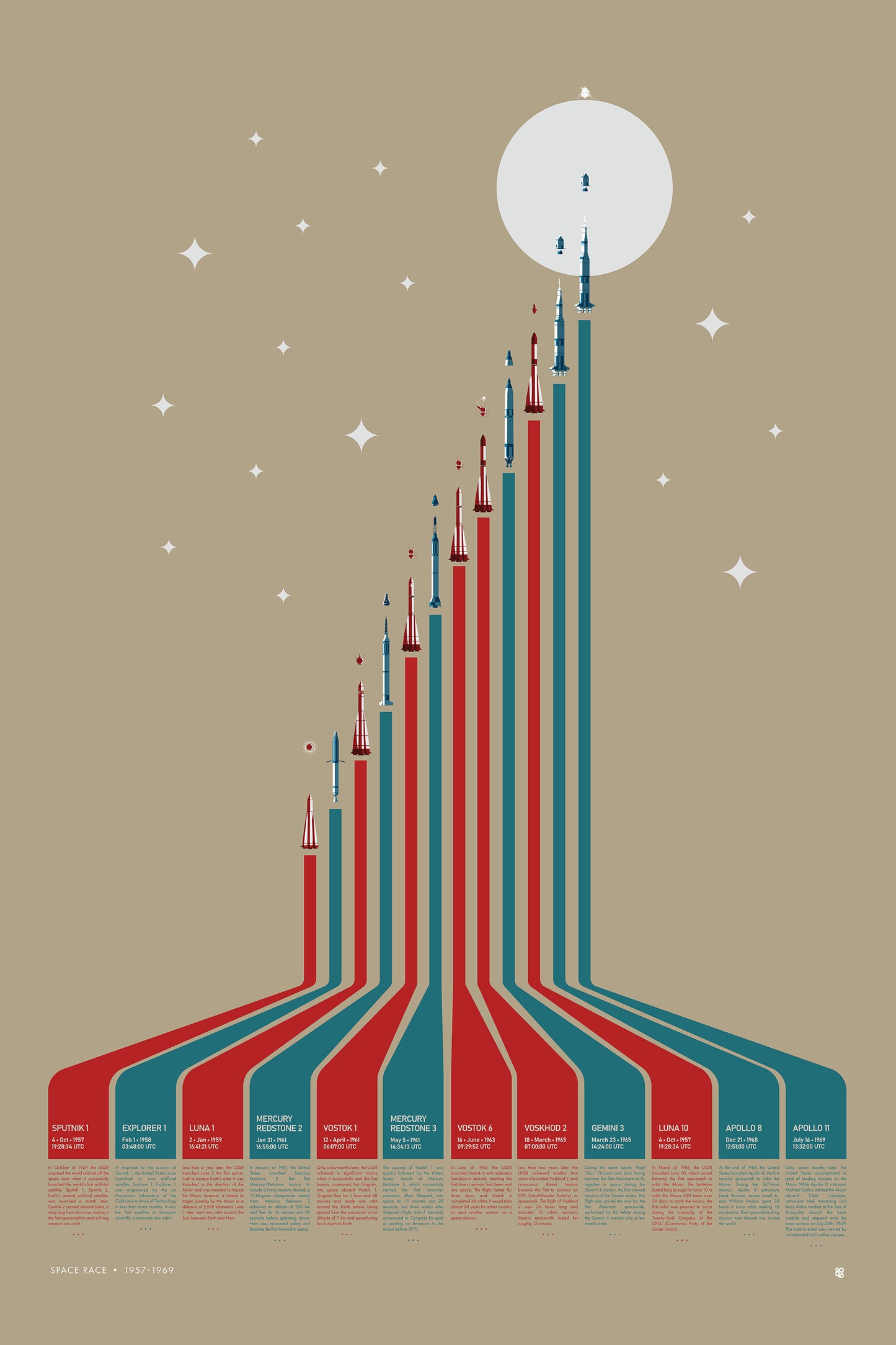
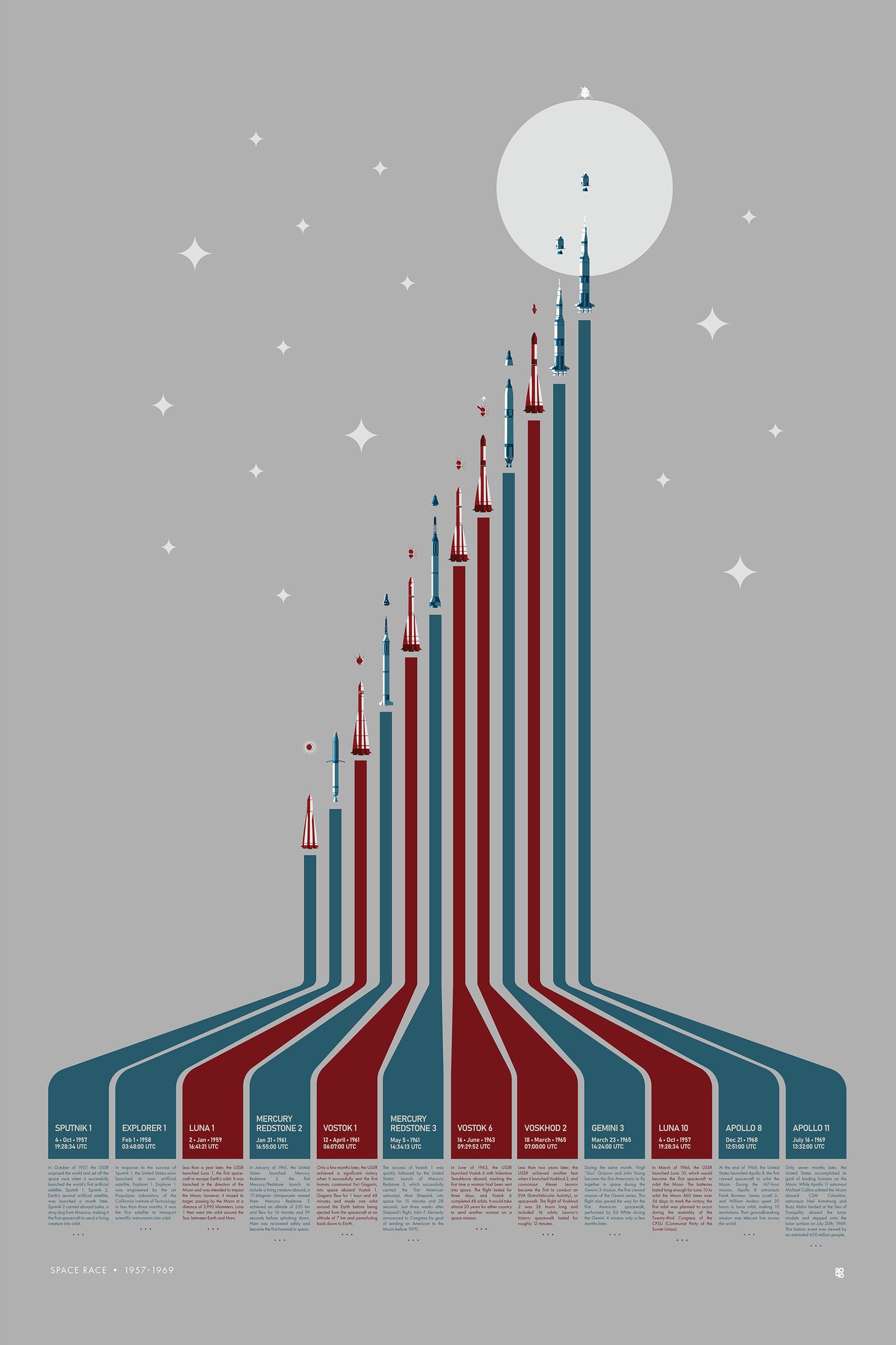
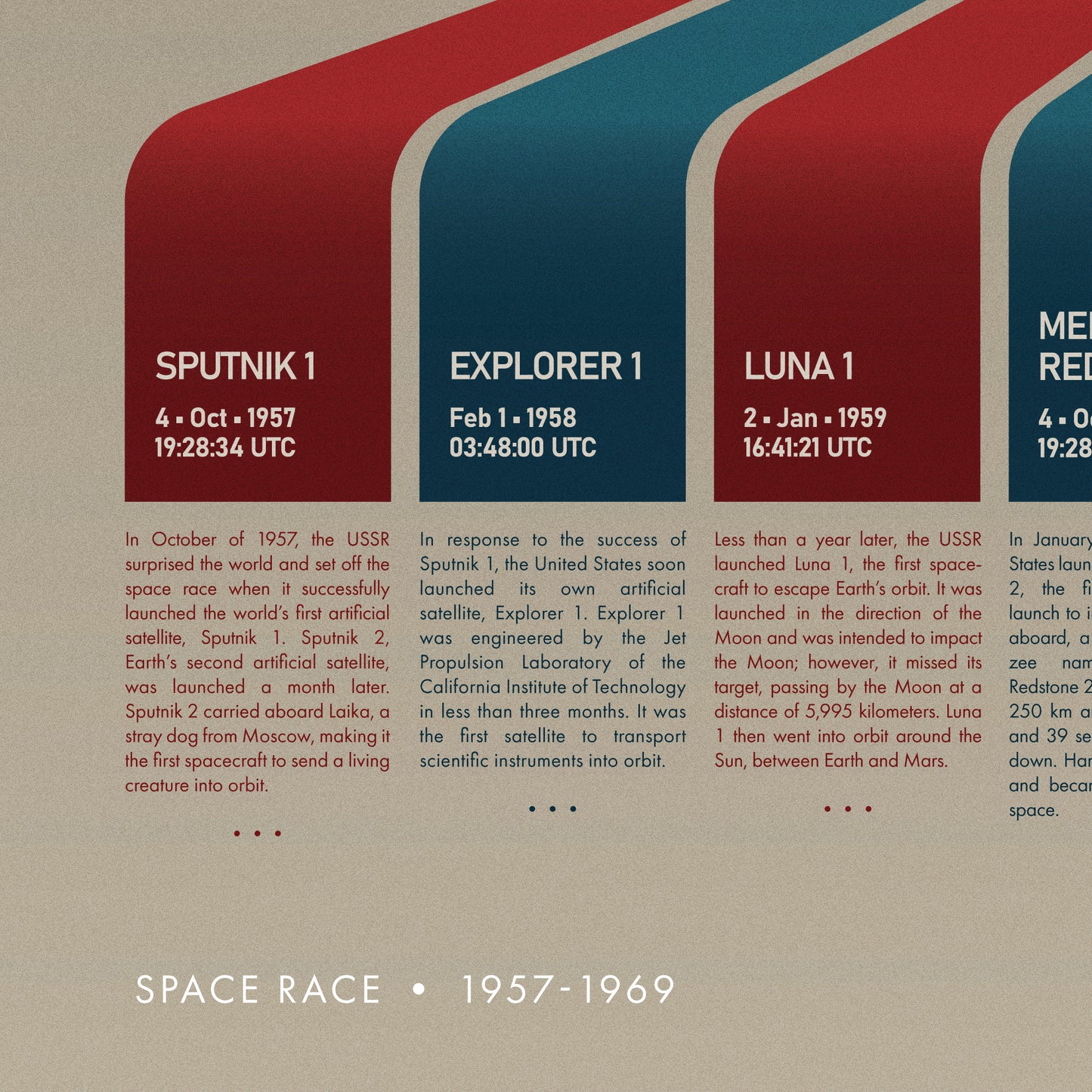


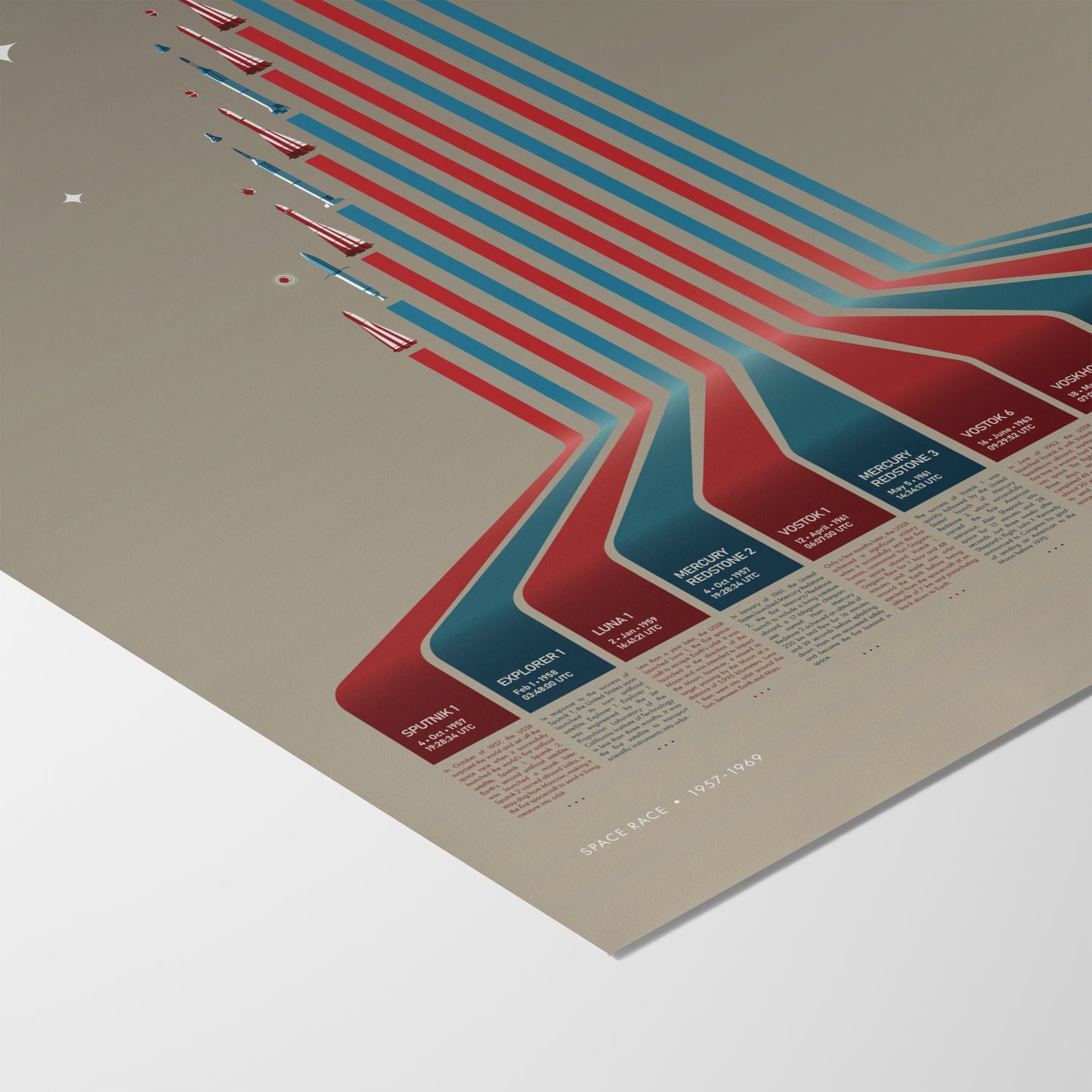
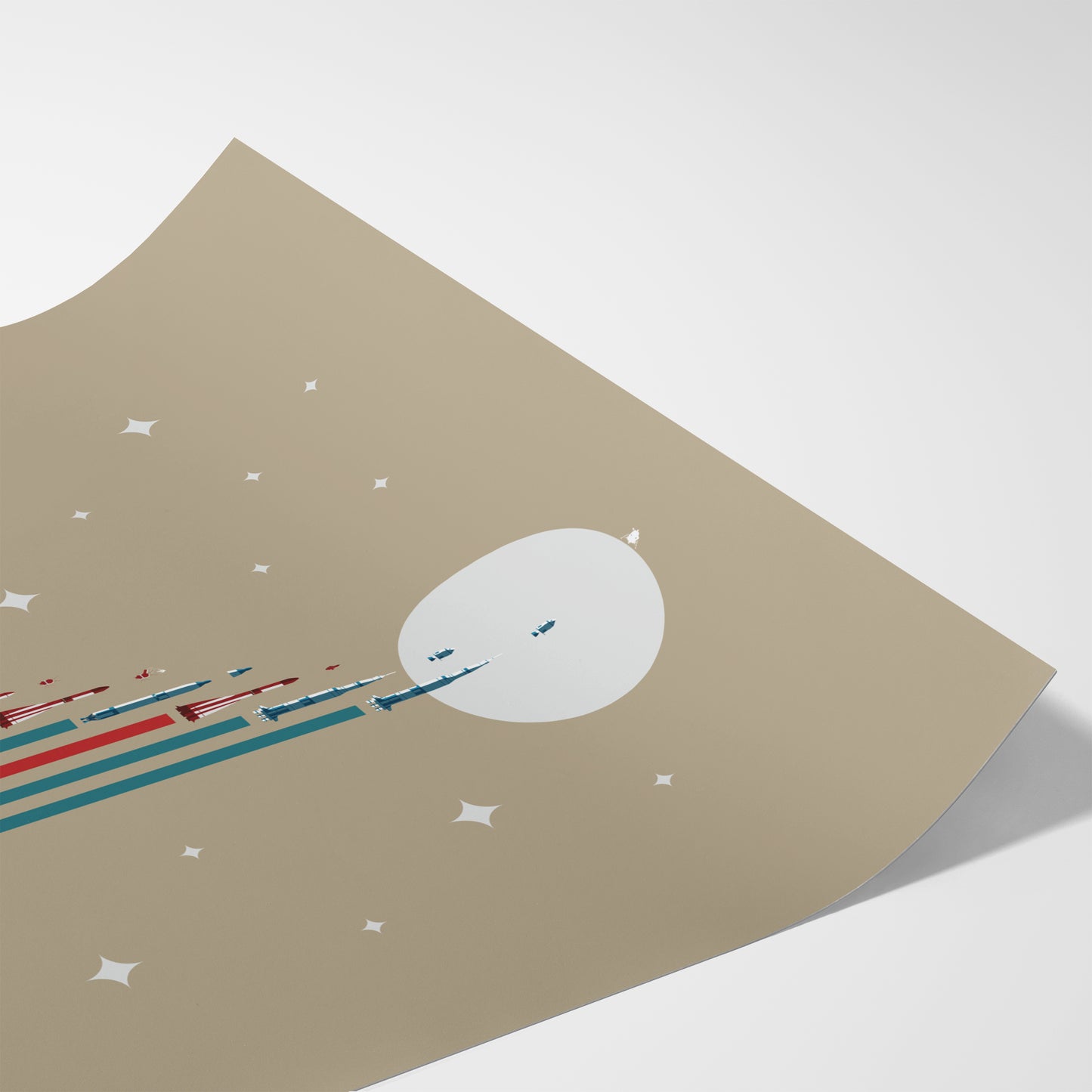

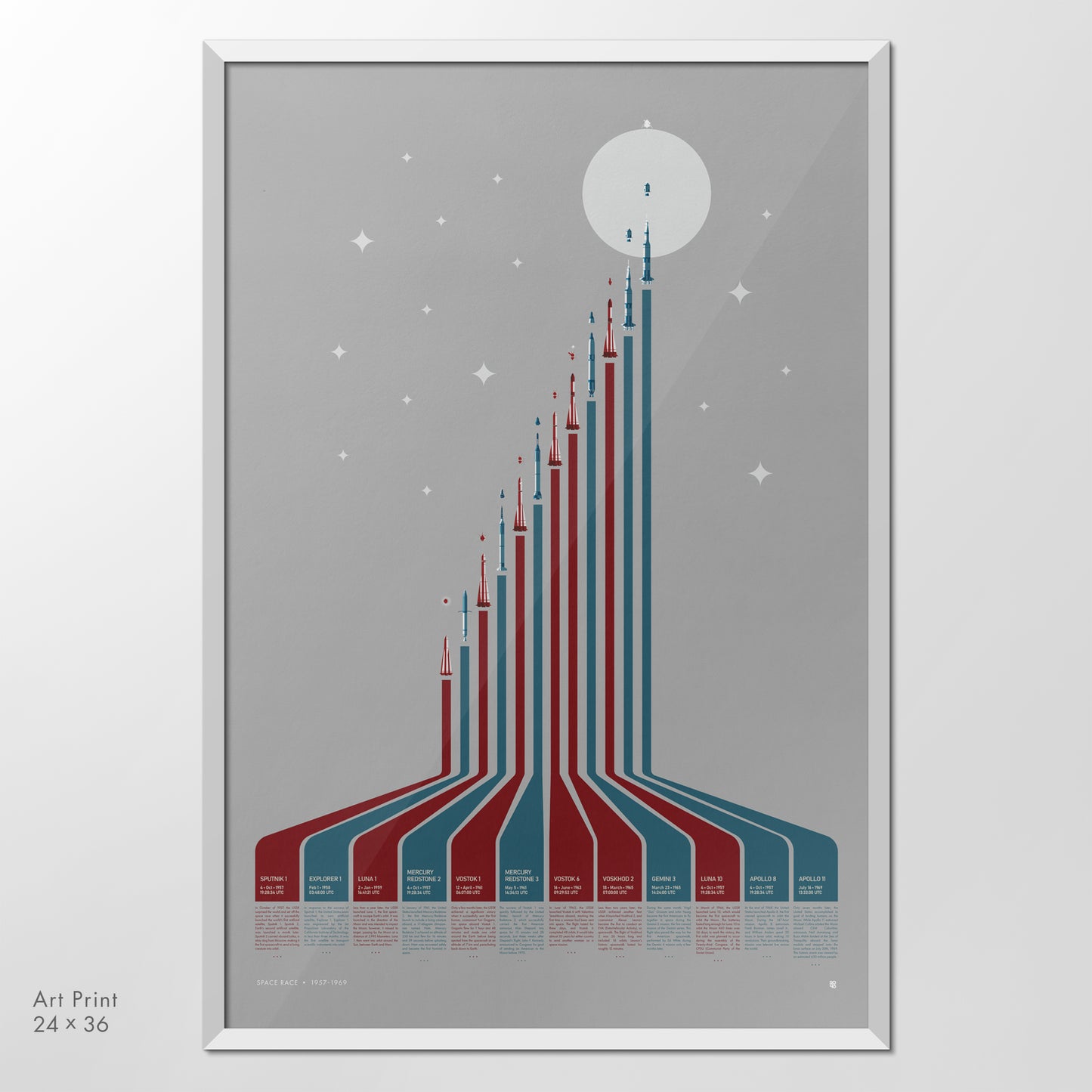
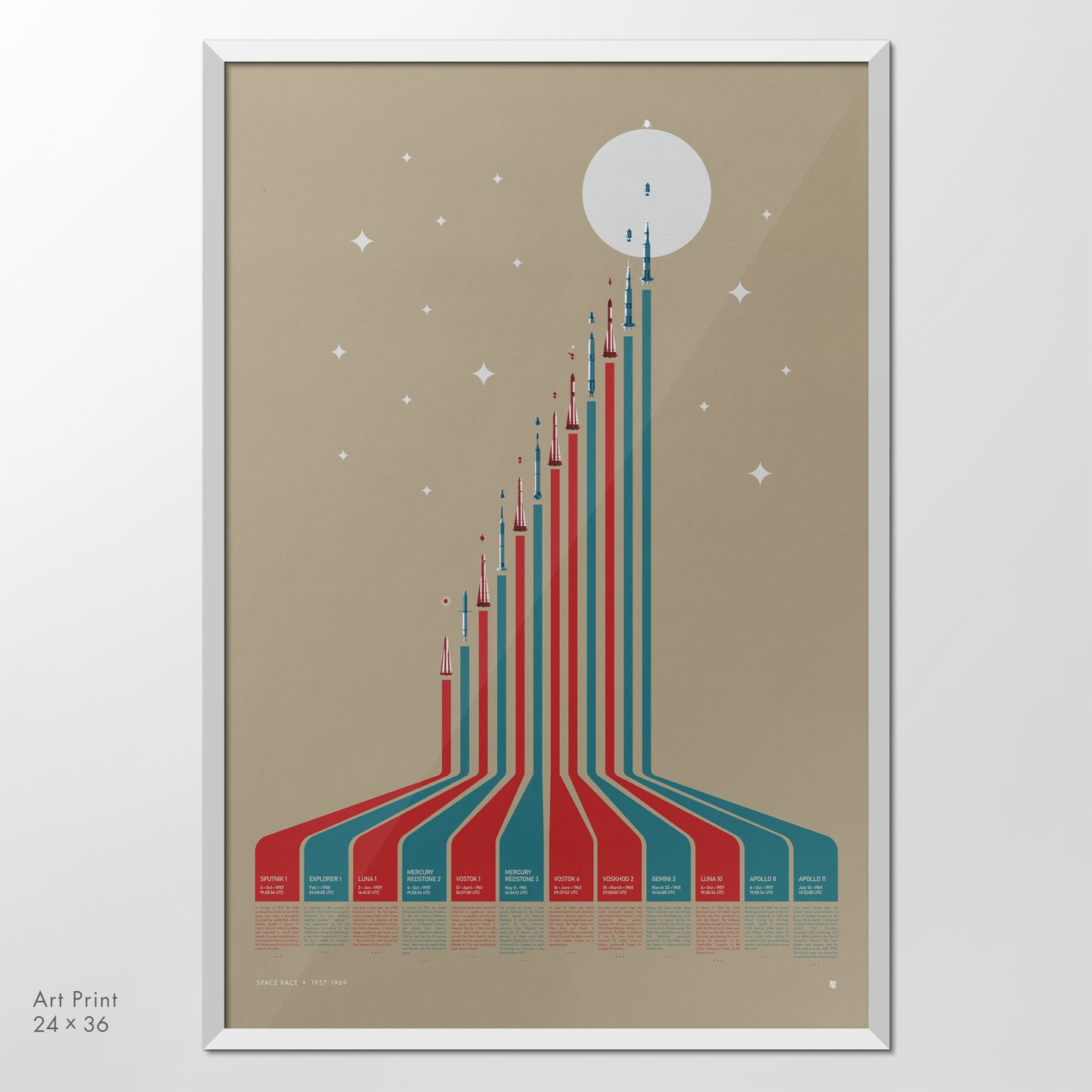

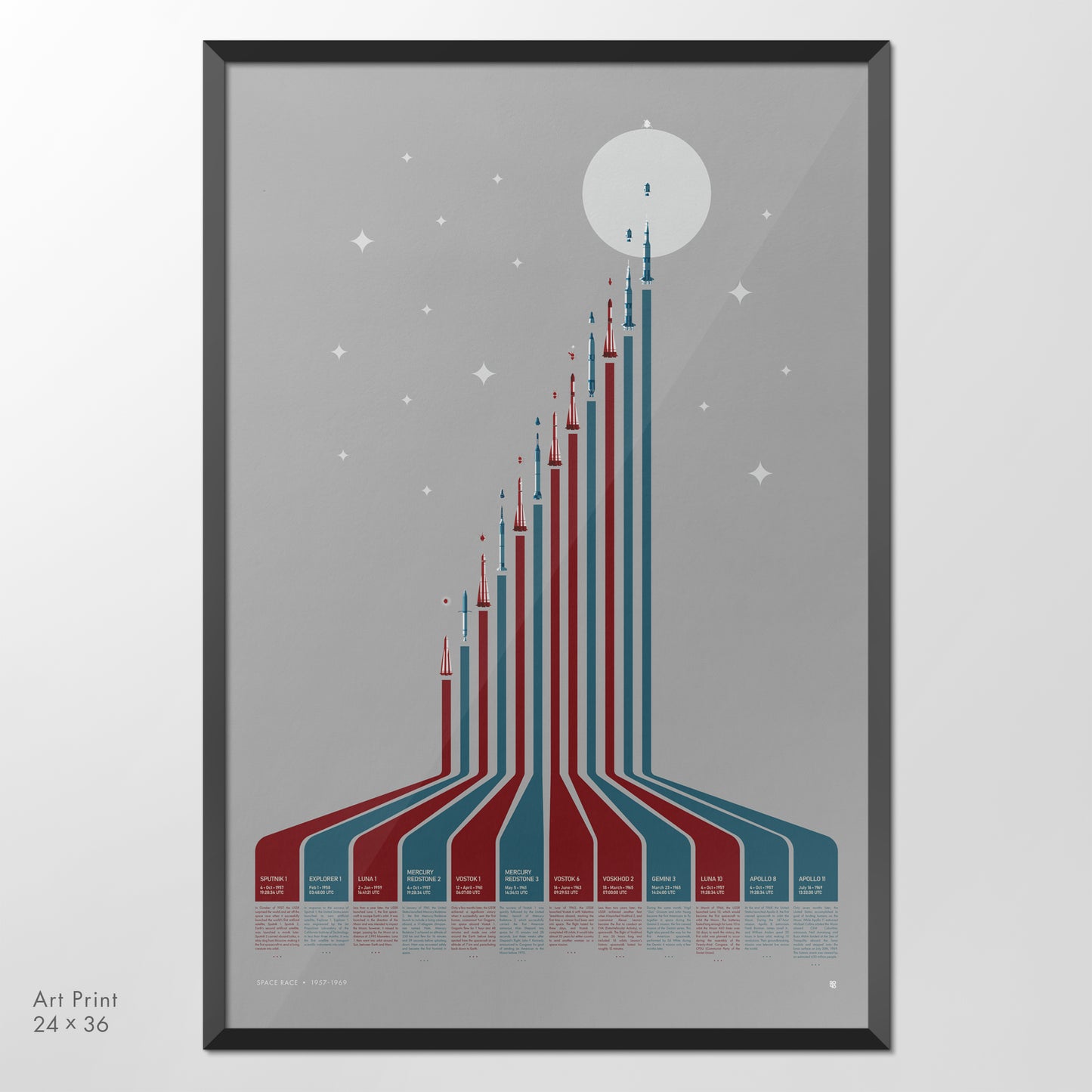
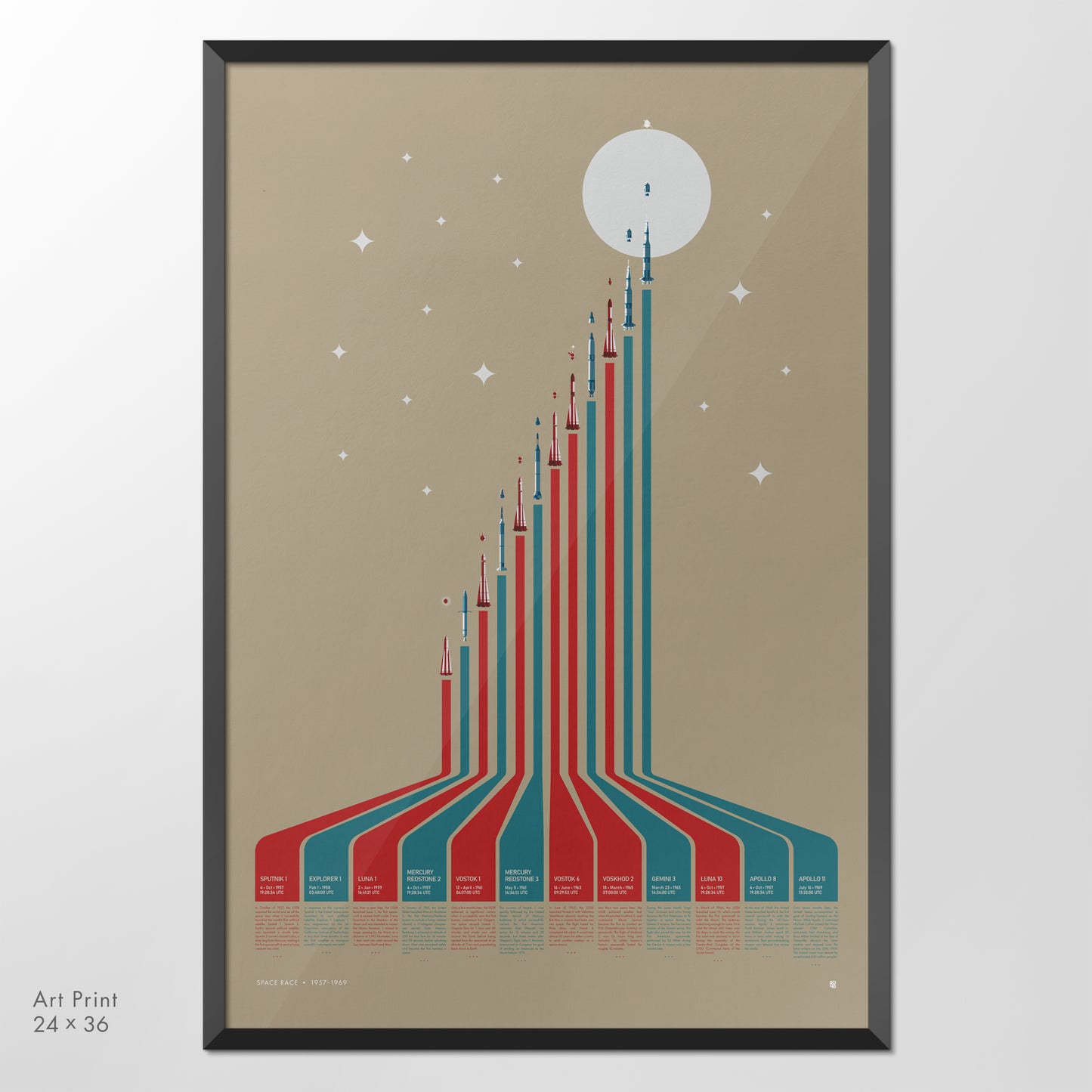
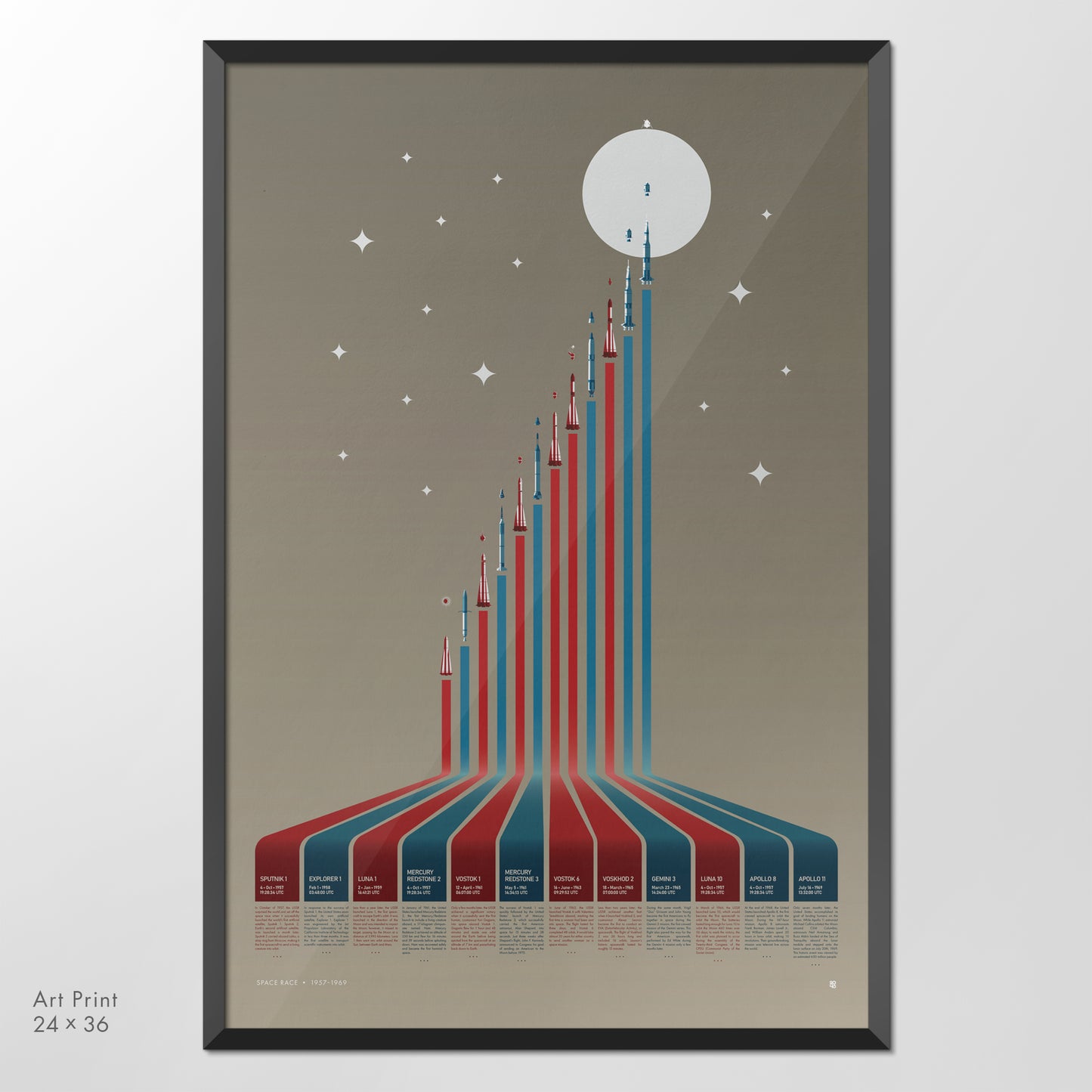
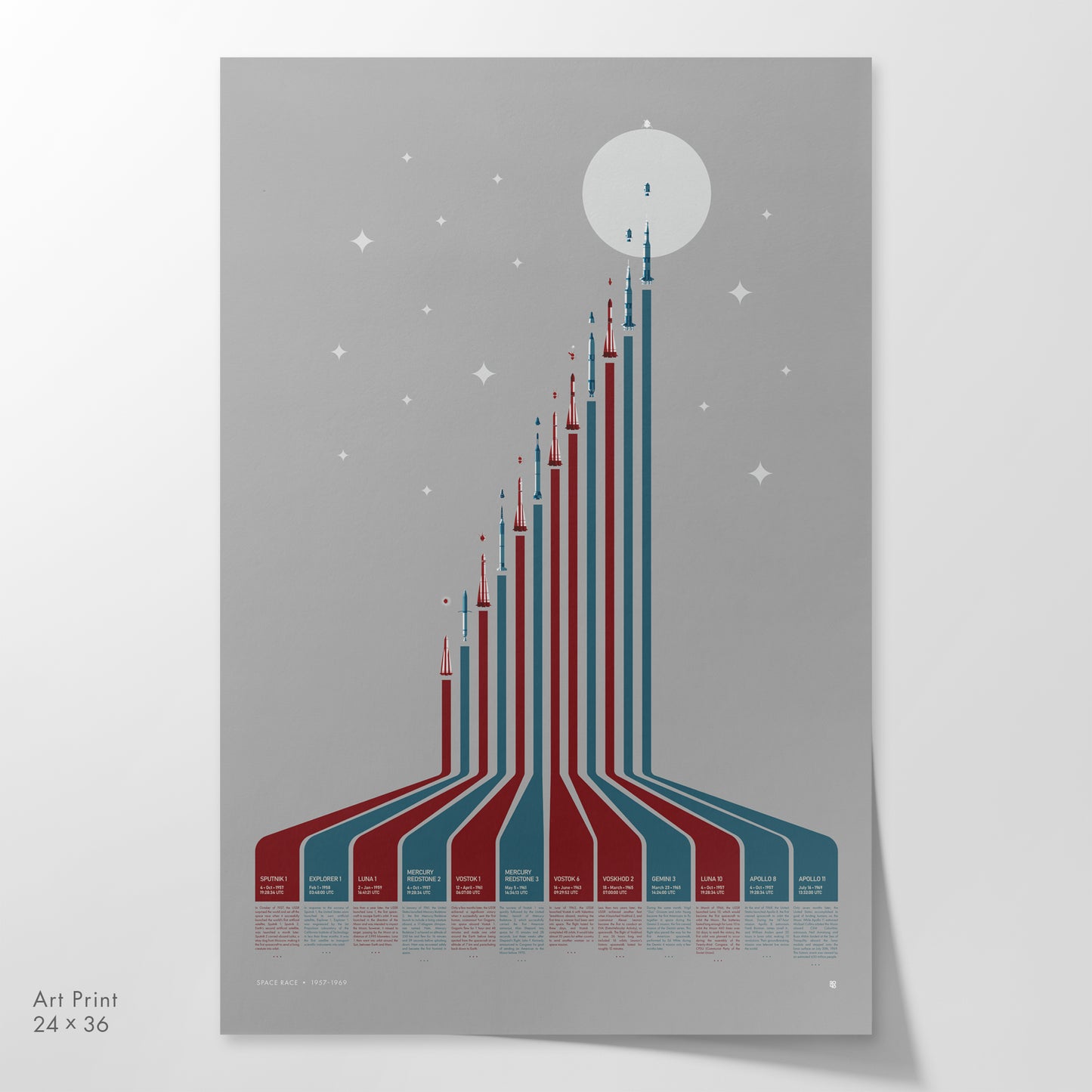
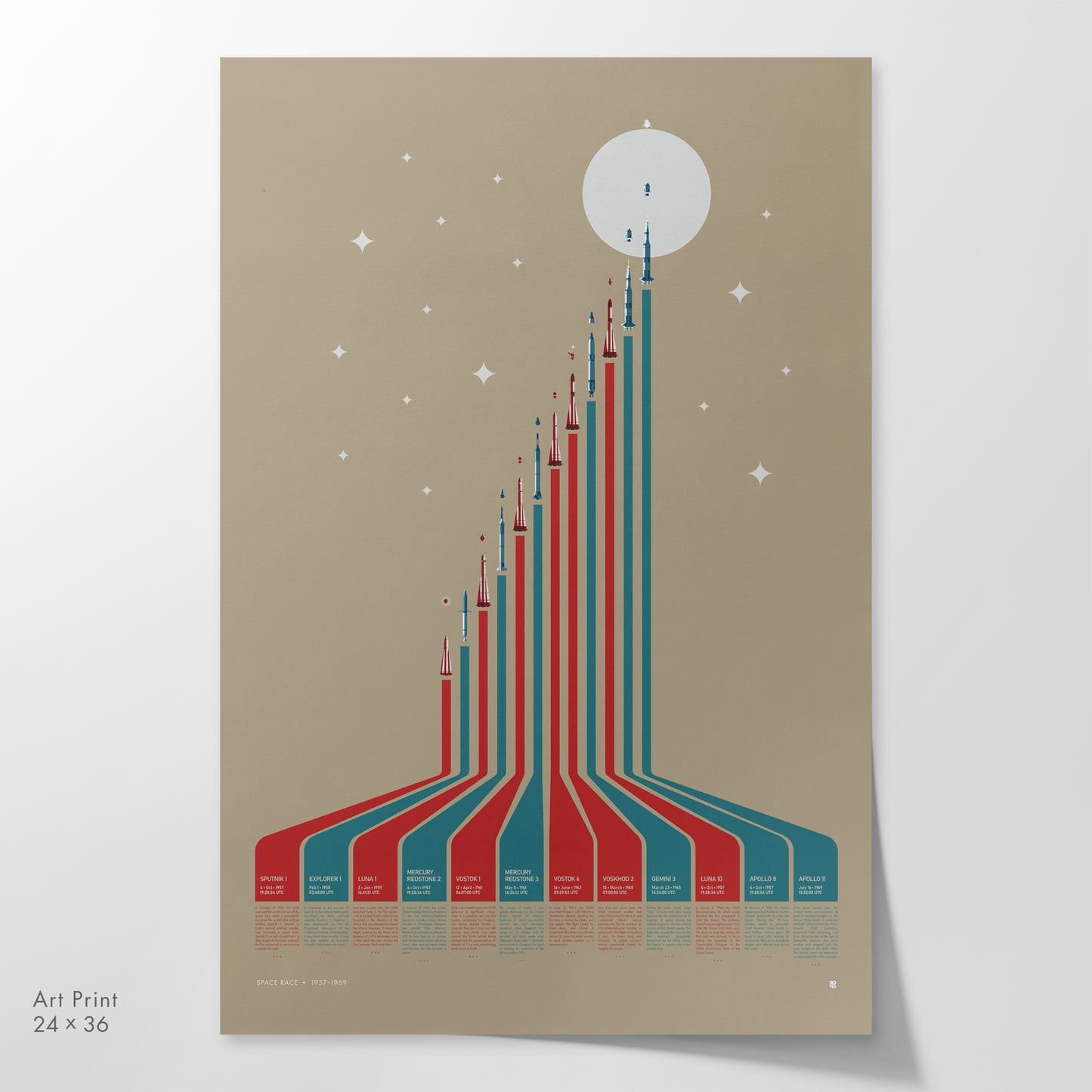

Join us in making sure that everyone (friends, colleagues, family, and perfect strangers) is working to build public support and political will for the big solutions needed to address climate justice.
Pin Save the Climate donates 50% of profits to climate justice organizations.